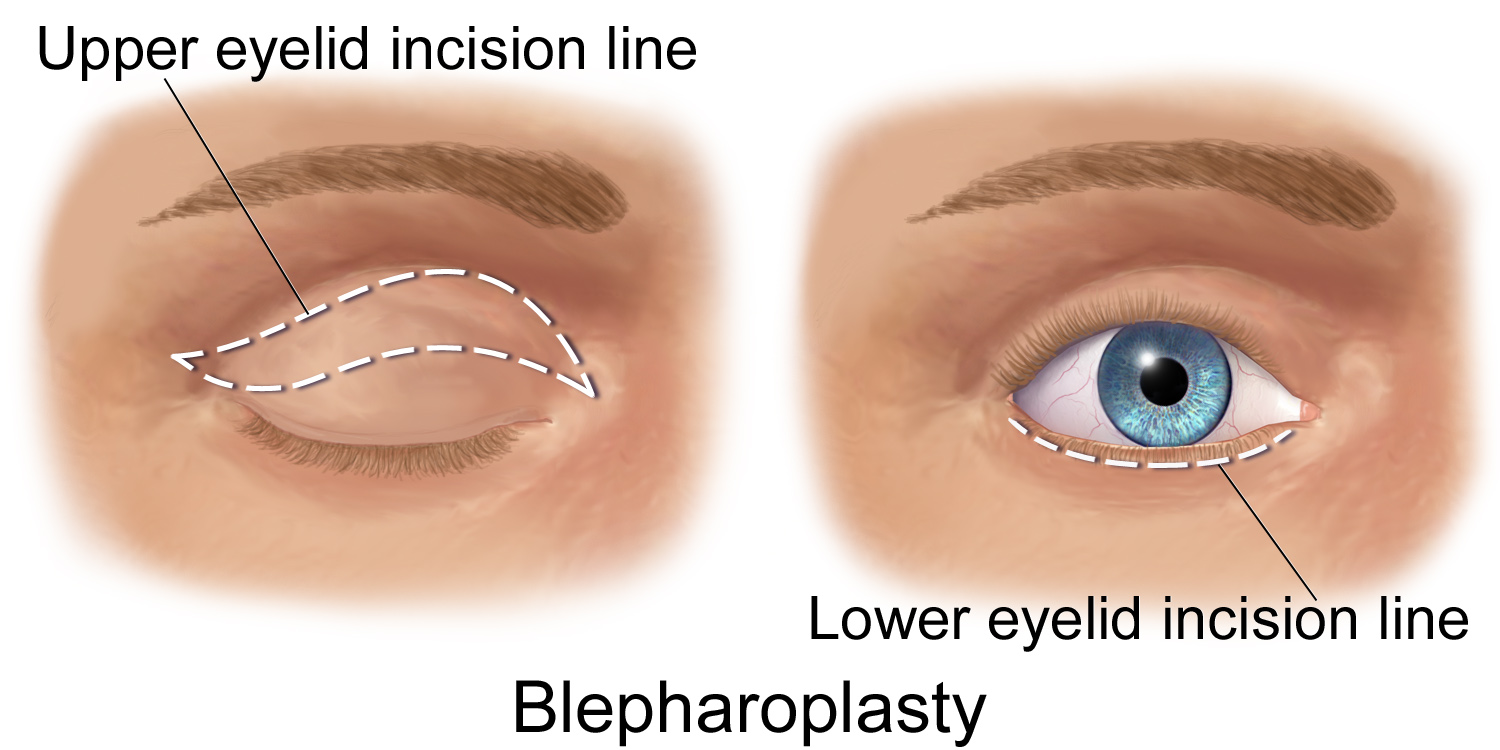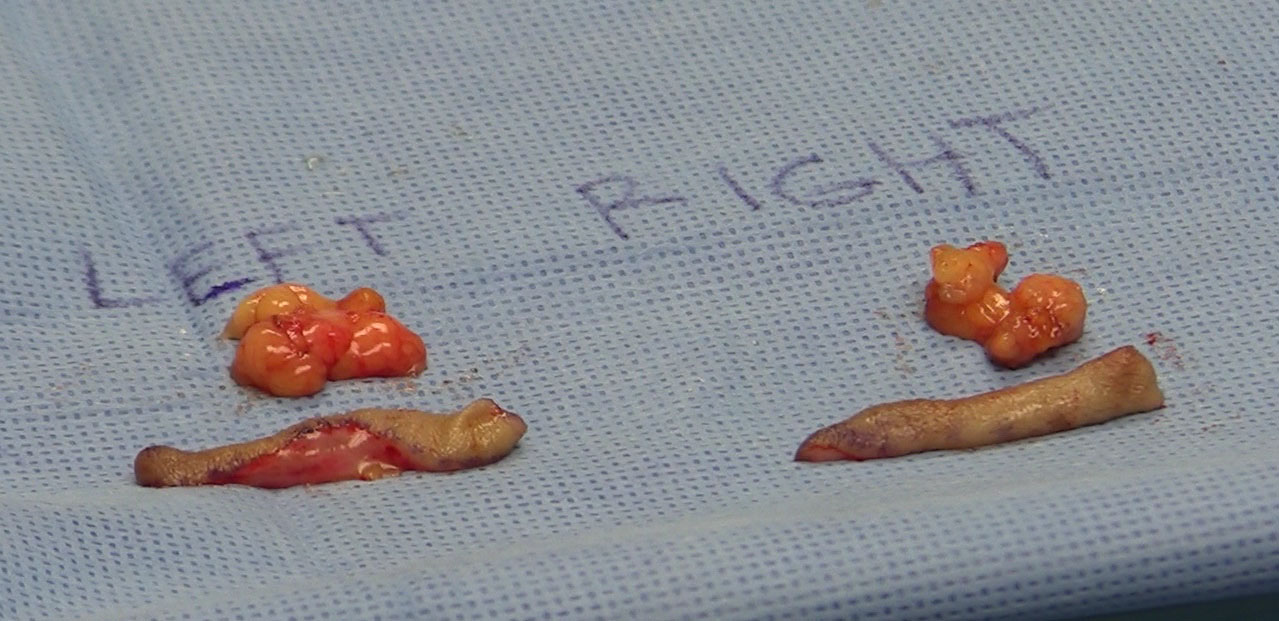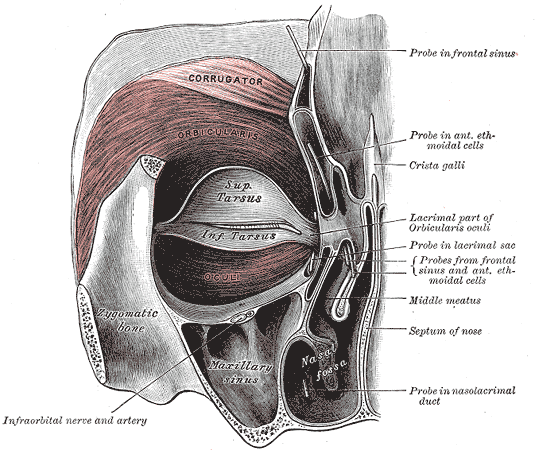Blepharoplasty
also known as Eyelid Surgery
Last updated August 7, 2025
Medical information on this page is for educational purposes only and is not a substitute for professional medical advice, diagnosis or treatment.
See our Terms & Conditions and Consent for Telemedicine for details.




Overview
Blepharoplasty is a surgical procedure that removes or re-positions extra skin, muscle, or fat from the upper or lower eyelids. The goal is to relieve vision obstruction, reduce a “tired” look, or smooth under-eye puffiness. While it improves appearance, it can also help you see more clearly if droopy lids block your sight. Most operations take under two hours and are done with local anesthesia plus light sedation, so you go home the same day.
The surgery has been safely performed for decades, and serious complications are uncommon when an experienced, board-certified surgeon operates in an accredited setting.
How the Procedure Works & Options
During upper-lid blepharoplasty, the surgeon marks natural eyelid creases, removes a thin strip of skin and fat, then closes the incision with very fine sutures hidden in the fold. Lower-lid approaches include a skin incision just below the lashes (trans-cutaneous) or a scar-free incision inside the eyelid (trans-conjunctival). Fat may be trimmed or repositioned to soften "bags," and a CO2 laser or radio-frequency device can resurface fine wrinkles in the same session. Newer techniques favor tissue preservation and repositioning over aggressive removal to keep the eyes looking natural.
Most patients receive light IV sedation plus local anesthetic; some choose general anesthesia. Your surgeon will help you decide which combination best fits your goals, anatomy, and health status.
Who Is a Candidate?
You may benefit from blepharoplasty if you have:
- Upper-lid skin that droops into your visual field
- Chronic under-eye puffiness or deep tear-trough shadows
- Good overall eye health and realistic expectations
Ideal candidates are generally healthy, do not smoke, and understand that surgery fine-tunes eyelids but does not stop aging. People with severe dry-eye, thyroid eye disease, or poor lid muscle tone may need extra evaluation or alternative treatments.
Insurance covers the procedure only when a visual-field test shows functional obstruction; purely cosmetic goals are self-pay. A formal in-office exam, medical photos, and visual-field testing help document need.
Blepharoplasty Suitability Score
Enter your details below to check your suitability for this treatment
Suitability Level
Recommendation
Cost and Price
Out-of-pocket fees in the United States average $3,500 – $6,000 per eyelid region. Quotes typically include the surgeon’s fee, facility fee, anesthesia, and routine follow-up. Adding laser resurfacing or fat grafting increases cost. Because prices vary by geography and surgeon experience, request a personalized written estimate that lists every charge.
Insurance or Medicare may contribute only when strict medical criteria are met and documentation shows your upper lids block vision. Even then, cosmetic portions such as lower-lid contouring remain self-pay.
Benefits and Limitations
Benefits include wider visual fields, smoother lid contours, reduced heaviness, and a refreshed facial appearance that can last 5–10 years or longer. Many patients report better self-confidence and less eye fatigue at the end of the day.
Limitations – Blepharoplasty will not erase crow’s-feet, lift sagging brows, or remove dark pigment under the eyes. Risks—though uncommon—include dry eye, temporary blurred vision, lid asymmetry, or need for revision surgery. Selecting a board-certified oculoplastic or facial plastic surgeon minimizes these risks.
Recovery and Long-Term Care
Most people return to desk work within 7–10 days. Expect mild swelling and bruising that peak on day 2 and fade over the first week. Cool compresses, lubricant drops, and head elevation reduce discomfort. Sutures (if external) are removed after 5–7 days, and make-up can resume once incisions are closed.
For six weeks, avoid heavy lifting, swimming, or contact lenses. Protect the delicate skin with sunglasses and sunscreen. Final results emerge over three months as residual swelling subsides and scars mature into faint white lines.
Latest Research & Innovations
Recent studies highlight CO2 laser and radio-frequency devices that cut and seal simultaneously, decreasing bruising and recovery time. Fat-preservation or fat-repositioning techniques maintain natural volume, reducing the hollowed look seen in older methods. Surgeons are also exploring platelet-rich plasma (PRP) and regenerative matrices to speed wound healing and improve scar quality.
National statistics show blepharoplasty remains one of the top five cosmetic surgeries, with demand rising among adults in their 30s seeking subtle rejuvenation.
Recently Published in Peer-Reviewed Journals
Plastic and reconstructive surgery
August 1, 2025
Early Grafting Using AlloDerm to Lengthen the Levator Aponeurosis and Correct Upper Eyelid Retraction Caused by Cosmetic Blepharoplasty.
Park NS, Lee W, Kim SH
Plastic and reconstructive surgery. Global open
July 17, 2025
Trends in Cosmetic Facial Plastic Surgery Post COVID-19 Pandemic.
Farishta D, Shires CB, Dewan K, et al.
Plastic and reconstructive surgery. Global open
May 21, 2025
A Prospective Study on Helium-based Plasma Radiofrequency for Management of the Lower Eyelids in Greece.
Sterodimas A, Nicaretta B, Koytsouveli A, et al.
Next Steps
If sagging lids affect your vision or confidence, schedule a comprehensive eye exam and surgical consult. Bring a list of medications, medical history, and photos of your concerns. The surgeon will perform visual-field testing, discuss goals, and outline realistic outcomes and costs.
Consult a board-certified oculoplastics surgeon to ensure the safest, most natural result. You can connect with the right specialist on Kerbside for a personalized medical-education discussion—no physician-patient relationship is created.
